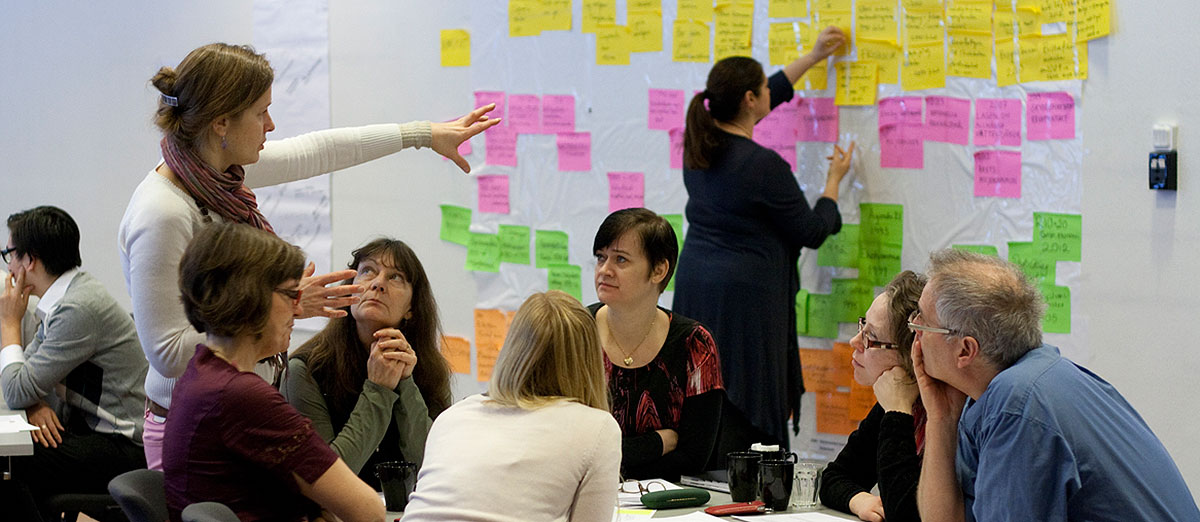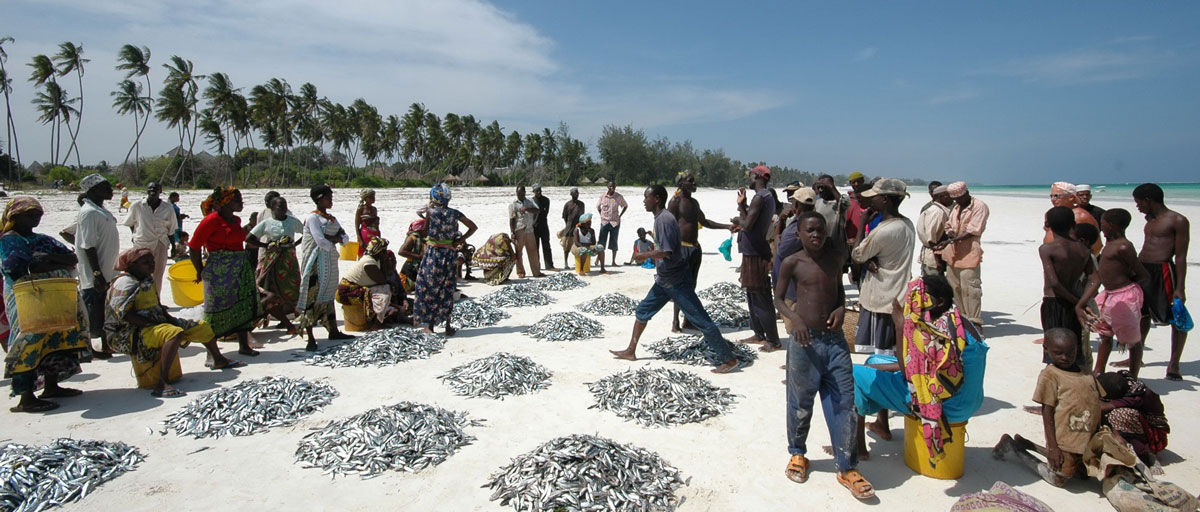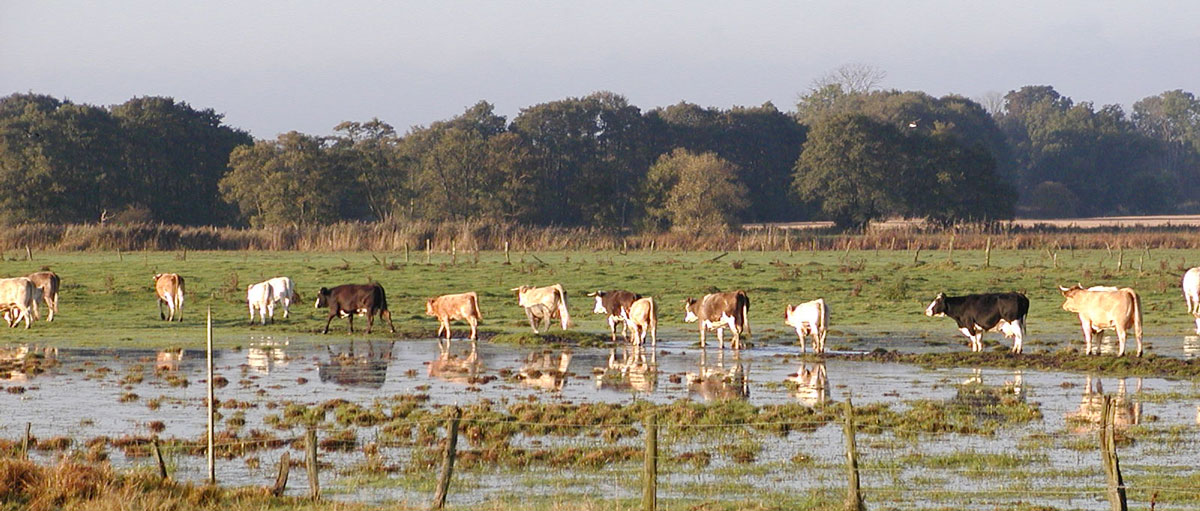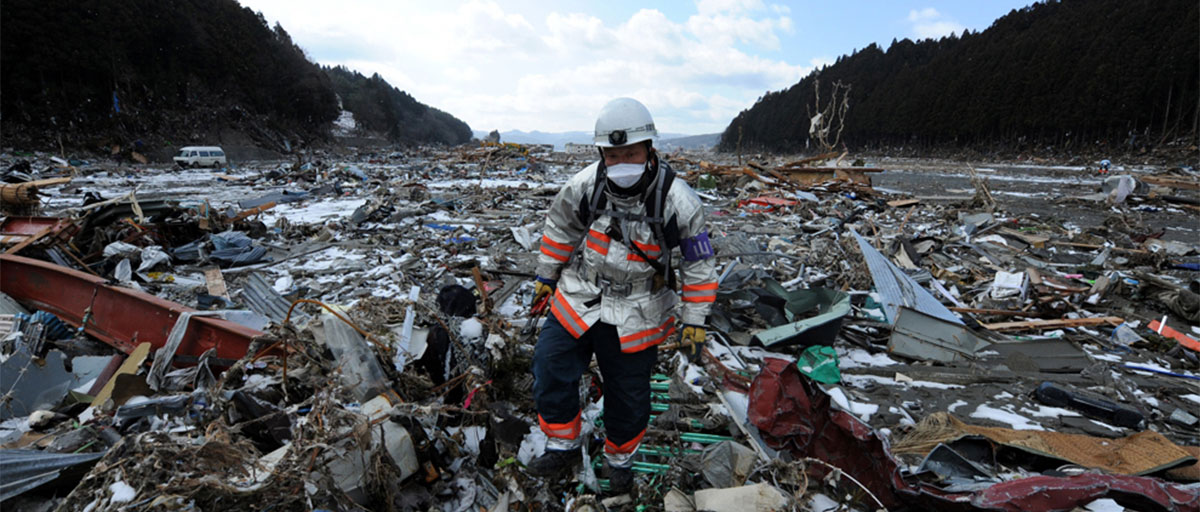Explaining core concepts
Applying resilience thinking

The concept of resilience has recevied enormous attention but confusion still exists about how it should be applied. Here are seven principles to help you along the way.

- Resilience thinking investigates how interacting systems of people and nature can best be managed
- All seven principles presented require a nuanced understanding of how, where and when to apply them
- Article is based on the book “Principles for Building Resilience:
Sustaining Ecosystem Services in Social-Ecological Systems”published by Cambridge
Seven principles for building resilience in social-ecological systems
Our planet is deeply marked and influenced by our presence. Scientists argue we have entered the Anthropocene, a geological epoch where there are now so many of us, using so many resources that we are disrupting the whole planet's nutrient and energy flows leaving almost all the planet's ecosystems with marks of our presence. The systems that are shaped by the interactions between people and ecosystems are the essence of what we call a social-ecological system.
A resilience thinking approach investigates how these interacting systems of people and nature can best be managed in the face of disturbances, surprises and uncertainty. We define resilience as the capacity of a system, be it an individual, a forest, a city or an economy, to deal with change and continue to develop.
But amid the enormous attention it has attracted, confusion exists. What does resilience actually mean and how it should be applied?
Here are seven principles to help you along the way.
Principle one: Maintain diversity and redundancy
Systems with many different components, be they species, actors or sources of knowledge, are generally more resilient than systems with few components. This leads to redundancy which provides ‘insurance’ by allowing some components to compensate for the loss or failure of others: "don’t put all your eggs in one basket".

In Kenya, Tanzania, the Seychelles, Mauritius and Madagascar coastal fishermen are more likely to leave fishing in response to declining catches if they come from households with more diverse livelihood portfolios. This also reduces the pressure on parts of the system, thereby enhancing resilience. Photo: O. Henriksson/Azote
Principle two: Manage connectivity
Connectivity can be both a good and a bad thing. Well-connected systems can recover from disturbances more quickly, but overly connected systems may lead to rapid spread of disturbances.
Perhaps the most positive effect of landscape connectivity is that it can contribute to the maintenance of biodiversity. The Yellowstone-to-Yukon project in North America is an example of conservation planning that reconnects large habitat patches by re-establishing wildlife corridors. Through a variety of collaborative initiatives with diverse stakeholder groups, Y2Y’s primary objective is to connect eight priority areas that function as either core wildlife habitat or key corridors in an area spanning 1.3 million square kilometres.
Principle three: Manage slow variables and feedbacks
Imagine an ecosystem such as a freshwater lake with readily accessible drinking water. The quality of this water is linked to slowly changing variables such as the phosphorus concentration in the sediment, which in turn is linked to fertiliser runoff into the lake.
The phosphorous content of the sediment can increase over a long time without any impact on the water quality but if a certain threshold is passed, the lake water can rapidly become eutrified, after which it is very costly and difficult to return to a non-eutrophied state.
Managing slow variables and feedbacks is often crucial to make sure ecosystems produce essential services. If these systems shift into a different configuration or regime, it can be extremely difficult to reverse.
Feedbacks are the two-way ‘connectors’ between variables that can either reinforce (positive feedback) or dampen (negative feedback) change. An example of a positive feedback loop can be seen in Hawaii where introduced grasses cause fires, which promote further growth of the grasses and curb the growth of native shrub species. More grass leads to more fire which, in turn, leads to more grass. This becomes a loop and self-reinforcing feedback. An example of a dampening or negative feedback is formal or informal sanctioning or punishment that occurs when someone breaks a rule.
Principle four: Foster complex adaptive systems thinking
A complex adaptive systems (CAS) approach means accepting that within a social-ecological system, several connections are occurring at the same time on different levels. It also means accepting unpredictability and uncertainty, and acknowledging a multitude of perspectives.
Although there is limited evidence that CAS thinking directly enhances the resilience of a system, there are several examples of how it contributes to it. One example is the Kruger National Park in South Africa where management has moved away from strategies to keep ecosystem conditions such as elephant populations and fire frequencies at a fixed level and instead allows them to fluctuate between specified boundaries.
Principle five: Encourage learning
Social-ecological systems are always in development so there is a constant need to revise existing knowledge and stimulate learning. More collaborative processes can also help.
One excellent example is the Kristiandstad Vattenrike, a wetland area in the southern part of Sweden. In the 1970’s growing developmental pressures led to increasing degradation of what was considered a vast area of water logged swamps with low value. However, thanks to a broad and collaborative process including local inhabitants and politicians, the perception of the wetlands changed. Today it is a highly valued area that has become a UNESCO Biosphere Reserve.

Kristiandstad Vattenrike. Photo: S-E Magnusson, Biosfärkontoret.
Principle six: Broaden participation
There are a range of advantages to a broad and well-functioning participation. An informed and well-functioning group have the potential to build trust and a shared understanding – both fundamental ingredients for collective action.
An example is found in Australia where an extensive public participation and consultancy process was initiated to raise awareness about threats to the Great Barrier Reef.
Through greater awareness of the threats facing the Great Barrier Reef, the public participation process was able to raise public support for improved conservation plans.
Principle seven: Promote polycentric governance
Polycentricity, a governance system in which multiple governing bodies interact to make and enforce rules within a specific policy arena or location, is considered to be one of the best ways to achieve collective action in the face of disturbance and change. It represents flexible solutions for self-organisations where more formal procedures seem to fail.
But it is also vulnerable to tensions between actors and negative institutional interactions. Involving a wide range of stakeholders means striking a balance between openness and mandates for decision-making. It also means negotiating trade-offs between various users of ecosystem services. These two trade-offs often lead to the third challenge about "scale-shopping" where groups dissatisfied with politics at one scale simply approach a more favourable political venue in which to frame their interests.
A key to successful polycentric governance is therefore to keep the network together and maintain a tight structure, which goes beyond information sharing and ad hoc collaboration.
Conclusion: keep the caveats in mind
So here we are. All the principles presented here require a nuanced understanding of how, where and when to apply them, and how the different principles interact and depend on one another. It is therefore essential to consider a complex understanding of what you want to build resilience of, and to what types of disturbances (e.g. fires, floods, urbanization).
Simply enhancing the resilience of the existing ecosystem services can entrench and exacerbate inequalities. Important trade-offs exist between different ecosystem services (e.g. crop production and biodiversity), and it is not possible to enhance the resilience of all ecosystem services simultaneously.
So use these principles as guidelines but add some common sense too.
NOTE! This text is an edited version of a blog first published on CGIAR’s Agriculture and Ecosystems Blog entitled Seven principles to guide a resilience approach
All content is based on the book “Principles for Building Resilience: Sustaining Ecosystem Services in Social-Ecological Systems”published by Cambridge
Learn more
All content is based on the book “Principles for Building Resilience: Sustaining Ecosystem Services in Social-Ecological Systems”published by Cambridge
SCIENTIFIC ARTICLES
Berkes, F., J. Colding, C. Folke (Eds). 2003. Navigating Social- Ecological Systems: Building Resilience for Complexity and Change. Cambridge University Press.
Berkes, F. and C. Folke (EDS). 1998. Linking social and ecological systems: management practices and social mechanisms for building resilience. Cambridge University Press.
Biggs, R., M. Schlüter, D. Biggs, E.L. Bohensky, S. Burnsilver, G. Cundill, V. Dakos, T. Daw, L. Evans, K. Kotschy, A. Leitch, C. Meek, A. Quinlan, C. Raudsepp-Hearne, M. Robards, M.L. Schoon, L. Schultz and P. C . West. 2012. Towards principles for enhancing the resilience of ecosystem services. Annual Review of Environment and Resources 37: 421-448.
Bodin, Ö and C. Prell (EDS). 2011. Social Networks and Natural Resource Management: Uncovering the Social Fabric of Environmental Governance. Cambridge University Press.
Boyd, E. and C. Folke (EDS). 2012. Adapting Institutions: Governance, Complexity and Social-Ecological Resilience. Cambridge University Press.
Chapin, F. S., G.P. Kofinas and C. Folke (EDS). 2009. Principles of Ecosystem Stewardship: Resilience-Based Natural Resource Management in a Changing World. Springer-Verlag.
Norberg, J. and G.S. Cumming (Eds). (2008. Complexity Theory for a Sustainable Future. Columbia University Press.
Pleininger, T. and C. Bieling (Eds). 2012. Resilience and the Cultural Landscape: Understanding and Managing Change in Human-Shaped Environments. Cambridge University Press.
Rockström, J. M. Falkenmark, C. Folke, M. Lannerstad, J. Barron, E. Enfors, L. Gordon, J. Heinke, H. Hoff and C. Pahl-Wostl. 2014. Water Resilience for Human Prosperity. Cambridge University Press.
Walker, B.H. and D. Salt. 2006. Resilience Thinking: Sustaining Ecosystems and People in Changing World. Island Press.
All content is based on the book “Principles for Building Resilience: Sustaining Ecosystem Services in Social-Ecological Systems”published by Cambridge











